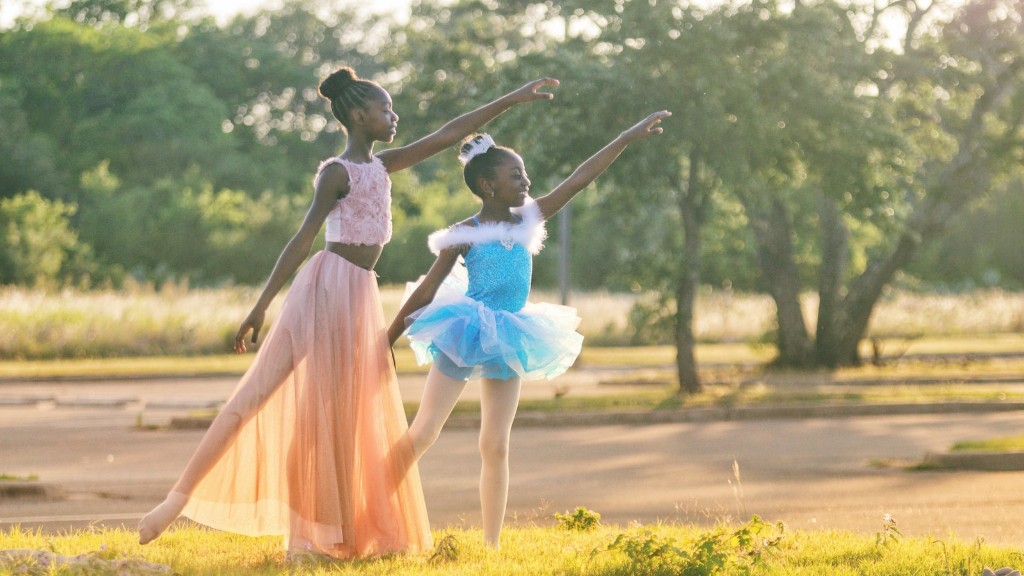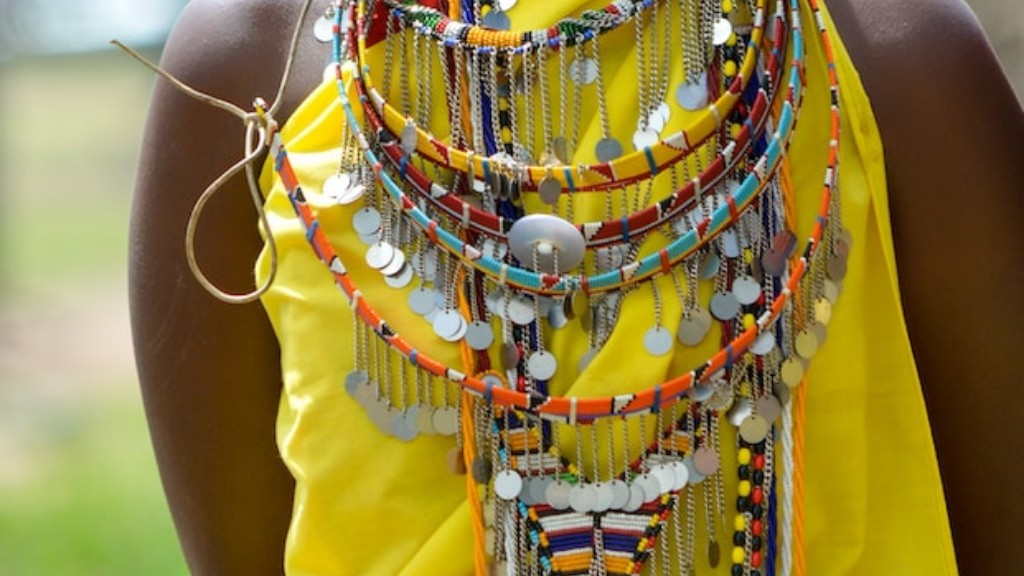African Tribes That Fight with Sticks
Africa is a continent rich in diverse cultures, traditions, and historical practices. One of the unique aspects of African tribal warfare is the use of sticks as weapons. In various regions of the continent, tribes engage in combat using traditional fighting sticks as a means of defense and offense. This fascinating practice has roots deep within the history and cultural fabric of these communities.
For centuries, African tribes have used sticks as weapons in battles, rituals, and even for settling disputes. The choice of sticks as weapons is closely tied to the availability of natural resources in their surroundings. Many tribes have limited access to firearms or metal weapons, leading them to utilize the resources readily available to them.
According to anthropologists and historians, stick fighting in Africa has a rich cultural significance. It serves as a rite of passage for young men, demonstrating their strength, courage, and ability to protect their communities. These fights are not only physical displays of combat skills but also symbolic representations of masculinity, bravery, and honor.
Experts believe that stick fighting in Africa has its roots in ancient traditions and tribal rituals. The practice has adapted over time as a way to maintain cultural heritage and social bonds within these communities. The combatants train rigorously, mastering various techniques and strategies to excel in their fights. Stick fighting is not merely about violence; it serves as a way to reinforce community cohesion, foster a sense of belonging, and transmit cultural values from one generation to the next.
While these fights are often intense and physically demanding, the goal is not to inflict severe harm or cause fatalities. Instead, they are seen as controlled displays of strength, agility, and skill. Participants wear protective gear, such as body padding and headgear, to minimize the risk of serious injuries. In some cases, fighters may even be required to touch their opponent with the stick rather than causing actual bodily harm.
Stick fighting has been met with mixed reactions from outsiders. Some view it as a violent and archaic practice, while others appreciate it as a unique cultural tradition. However, it is essential to understand that different cultural practices should not be judged solely based on the lens of one’s own societal norms.
Stick fighting is an integral part of the cultural heritage of many African tribes. It reflects their collective history, values, and identity. It plays a significant role in maintaining social cohesion, fostering a sense of pride, and passing on valuable skills from one generation to the next. These communities continue to cherish and uphold this tradition, celebrating the art of stick fighting as a testament to their resilience and cultural richness.
Historical Roots and Significance of Stick Fighting
The history of stick fighting in Africa can be traced back to ancient times. Tribes, such as the Maasai in East Africa, engaged in stick battles as a way to protect their livestock and territory. These battles were not only a means of defense but also a reflection of the tribe’s strength and unity.
The Role of Stick Fighting in Rite of Passage
In many African tribes, stick fighting serves as a crucial rite of passage for young men. It marks the transition from adolescence to adulthood and is seen as a test of physical strength, resilience, and the ability to protect the community. The process of training and participating in stick fights instills discipline, cooperation, and a sense of responsibility in young men.
The Cultural and Symbolic Aspects of Stick Fighting
Stick fighting is deeply rooted in the cultural fabric of African tribes. It is not merely a display of physical combat skills but also a symbol of bravery, honor, and masculinity. These fights are often accompanied by songs, dances, and traditional rituals, further emphasizing their cultural significance.
Preservation and Evolution of Stick Fighting
While stick fighting has deep historical roots, it continues to evolve within African tribes. Today, some communities organize stick fighting tournaments and festivals to celebrate their traditions and promote cultural exchange. These events attract participants and spectators from various tribes, fostering unity, understanding, and appreciation for this unique form of combat.



